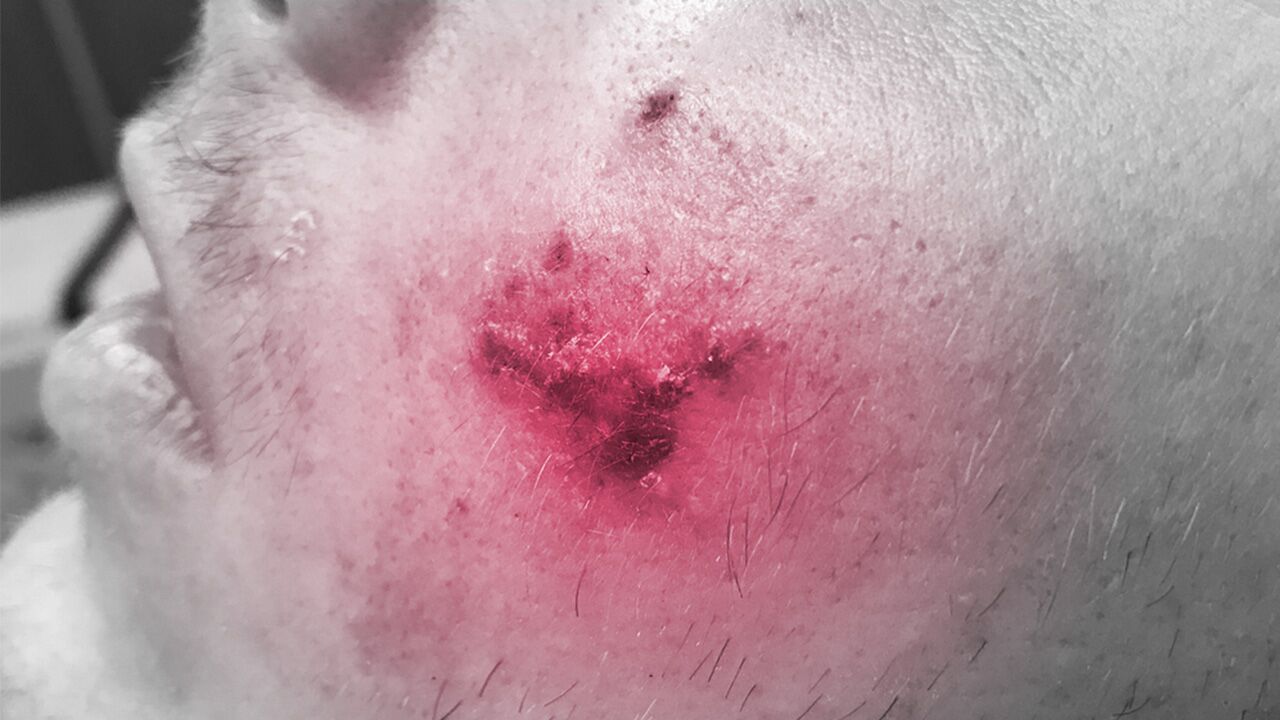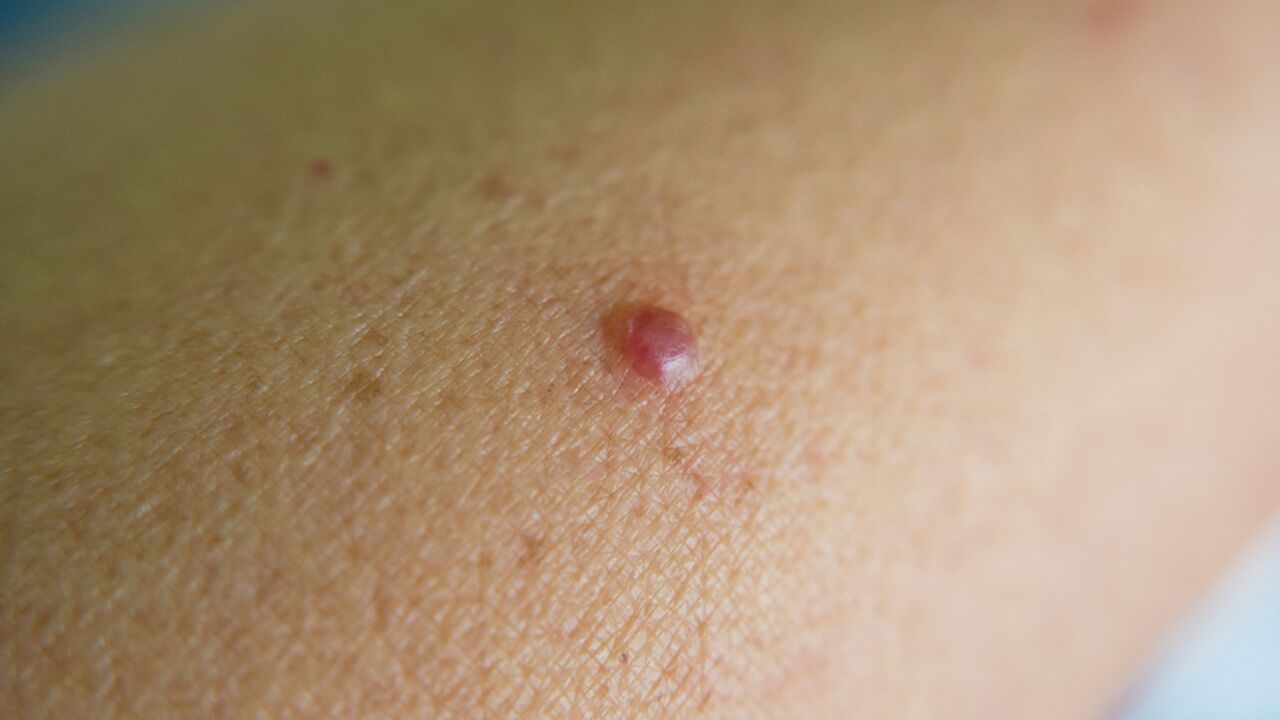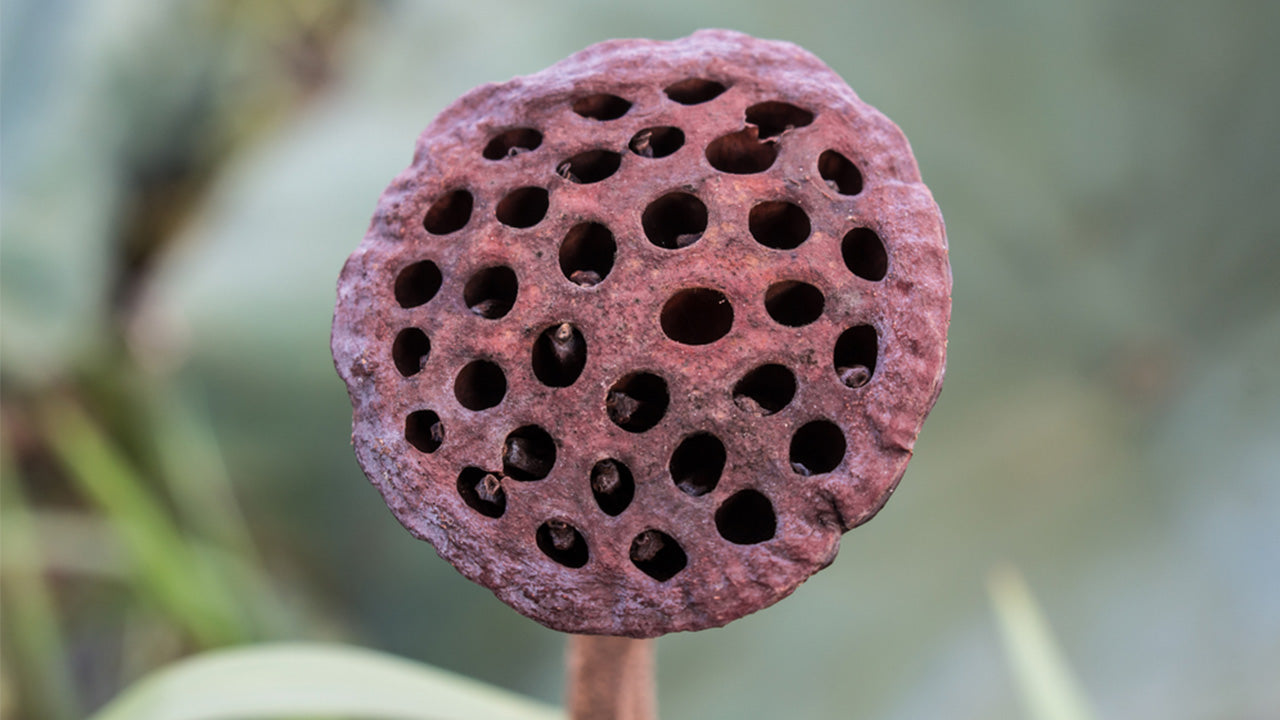What You Need to Know About Impetigo: Causes, Symptoms, Treatment
 By: by Amino Science
By: by Amino Science

A contagious skin infection, impetigo is a common condition that results in the eruption of red sores on the face, hands, and feet. Over time, the sores form yellowish crusts and then burst. While some impetigo patients experience itching, others suffer discomfort and even pain.
Although impetigo can occur in both children and adults, the condition most frequently afflicts kids who are 6 years old and under. According to an article in the journal PLoS One, at any given time approximately 162 million children worldwide are suffering from impetigo, with a large many of them residing in tropical and resource-deprived areas.
Understanding Impetigo Causes and Risk Factors
A common skin infection, impetigo develops as a result of contact with skin bacteria. Our skin is host to large numbers of “good” bacteria that help protect us from disease. If the skin suffers a cut, scrape, or rash, "bad" bacteria can break through and cause impetigo and other bacterial skin infections. Impetigo is usually caused by one of three bacteria: Staphylococcus aureus, Streptococcus pyogenes (group A strep), or Methicillin-resistant Staphylococcus aureus (MRSA).
Occurring within 10 days of bacteria colonization, impetigo is most commonly contracted when individuals are exposed to other people who are infected. You can also develop impetigo by touching an infected person’s clothing, towels, toys, or other items.
While anyone can develop this bacterial infection, certain individuals have a higher risk of getting the condition. Here are some of the biggest risk factors for impetigo in adults and children:
- Age: The illness tends to occur in kids between 2 and 5 years old.
- Crowds: Impetigo is common in schools and daycares, as well as among sports teams.
- Warm climates: Impetigo infections occur more frequently in hot, humid environments.
- Weak immune system due to an underlying condition
- Diabetes
- Other skin conditions: Eczema, body lice, insect bites, or fungal infections can increase your risk of impetigo.
Individuals who may be at a greater risk should stay alert to the symptoms of impetigo to ensure the illness is detected early.
Signs of Impetigo
The following signs and symptoms are common in impetigo patients:
- Red, oozing sores around the mouth and nose
- Sores on the hands, feet, arms, and legs
- Sores that form a yellowish crust
- Fluid-filled blisters around the diaper area (in infants)
- Itching and discomfort
- Swollen lymph nodes near the infected area
- Fever

Types of Impetigo, Plus Treatment Options
Most healthy patients recover easily from impetigo. However, taking medication, either an oral or topical antibiotic, is the best way to expedite healing and avoid passing the illness on to others.
Your health care provider may prescribe an antibiotic ointment or cream to treat your impetigo sores. Start by soaking the areas affected by the impetigo rash with warm water, thereby loosening the scabs so the ointment can penetrate the skin. Next, apply the antibiotic treatment and wash your hands thoroughly.
In more severe cases of impetigo, doctors may recommend an oral antibiotic. Be sure to take the complete course of drugs, even if you’re feeling better or your sores have healed.
For milder impetigo cases, over-the-counter creams that contain bacitracin may be enough to alleviate symptoms. Be sure to cover sores with non-stick bandages when you leave the house to prohibit the spread of impetigo.
The type of impetigo you have will likely determine what treatment option is most appropriate.
Nonbullous impetigo is the most common form of the disease. Caused by Staphylococcus aureus or streptococcus pyogenes bacteria, this subtype causes patients to suffer small red bumps that resemble insect bites. Over time, the lesions evolve into blisters, which are unlikely to leave scars. Patients with this condition may suffer itching.
Bullous impetigo occurs due to contact with staph bacteria only. The toxin produced by the bacteria leads to a separation of the top and lower levels of skin and results in the formation of a blister. Individuals with bullous impetigo may experience itching, swelling, and fever.
It’s important to note that some patients may develop ecthyma, a more serious form of impetigo. Involving the growth of painful fluid or pus-filled sores that become ulcers, this condition can result in permanent scarring and more widespread bodily infection. For this reason, patients with ecthyma should seek medical advice promptly.
Impetigo Complications
Complications from impetigo are rare, and are more likely to occur in adults who contract the infection from children.
Approximately 1-5% of nonbullous impetigo cases can result in acute post-streptoccocal glomerulonephritis, an infection of the small blood vessels in the kidneys.
Other complications include:
- Cellulitis
- Lymphangitis
- Sepsis
- Scarlet fever
- Guttate psoriasis
- Staphyloccus scalded skin syndrome (SSSS)
Preventing Impetigo in Children
While impetigo is unfortunately quite common in young children, there are steps parents can take to reduce the odds of kids getting sick. Because poor hygiene can increase one’s risk of developing impetigo, it’s important to keep the skin clean by taking regular baths or showers. Additionally, you should wash cuts, insect bites, and other wounds as soon as possible.
If you or a loved one has already contracted impetigo, you can take steps to avoid giving the illness to others. Along with covering infected areas with gauze or bandages, strive to wash the patient’s clothes, towels, and bedsheets regularly and avoid letting family members share. If your child is young, consider cutting his or her fingernails to minimize scratching and prevent the spread of impetigo to other parts of the body. Finally, you should keep your child home until a doctor says the contagious period has passed.
As always, keep your immune system strong with essential amino acids, safe for children and adults.

Up to 25% off Amino
Shop NowTAGS: conditions
Join the Community
Comments (0)
Most Craveable Recipes




 833-264-6620
833-264-6620



















